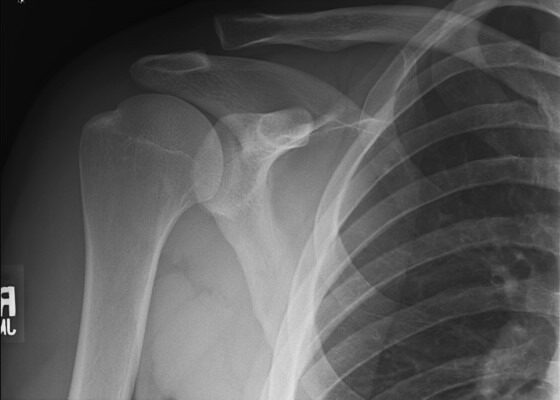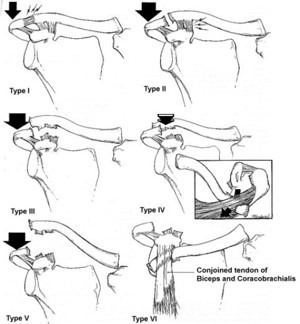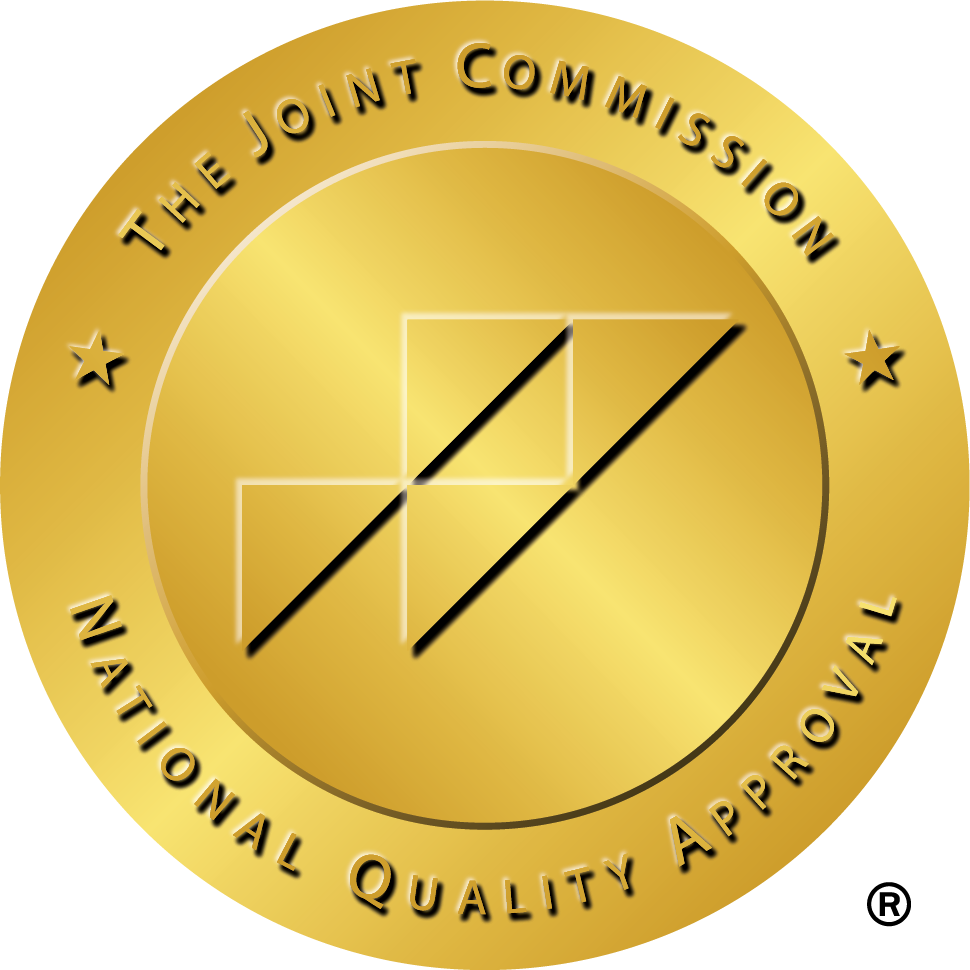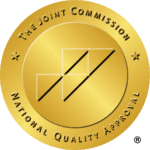Understanding AC Joint Separation
The shoulder is an extremely complex mobile joint, with its mobility, leaves it susceptible to injury. Such as the acromioclavicular joint (AC) separation. AC joint separation occurs when the collarbone separates from the shoulder blade. This type of shoulder injury is commonly seen by healthcare professionals.
An AC joint separation usually results from a direct impact to the shoulder, most often witnessed in high-contact sports. Athletes in football, hockey, and rugby are particularly prone to such injuries.
Key Points about AC Joint Separation
- Prevalence: AC joint separation accounts for 10% of all shoulder injuries.
- Common in Contact Sports: A significant number of injuries occur in sports such as football, hockey, and rugby due to the physical nature of these games.
- Causes:
- Direct Fall: Injury can result from falling directly on the shoulder while the arm is adducted, with a force pushing down on the acromion.
- FOOSH (Fall Onto an Outstretched Hand): Force directed up through the humerus to the acromion process can result in a superior displacement and stretching of the AC ligament.
Rockwood Classification:
- Type I: The AC ligament is sprained but intact, leading to minimal separation.
- Type II: There is a disruption of the AC ligament while the coracoclavicular (CC) ligament remains intact.
- Type III: Complete disruption occurs in both the AC and the CC ligaments.
- Type IV: The clavicle is displaced posteriorly through the trapezius muscle.
- Type V: Severe injury with extreme elevation of clavicle and disruption of muscle attachments.Type VI: Abnormal inferior displacement of the clavicle.
Injuries such as an AC joint separation can be daunting, but with proper knowledge and timely intervention, recovering and returning to active sports is entirely possible. It is essential to recognize the symptoms early on and understand the severity, as categorized by the Rockwood Classification, to seek appropriate treatment and ensure a smooth recovery.



